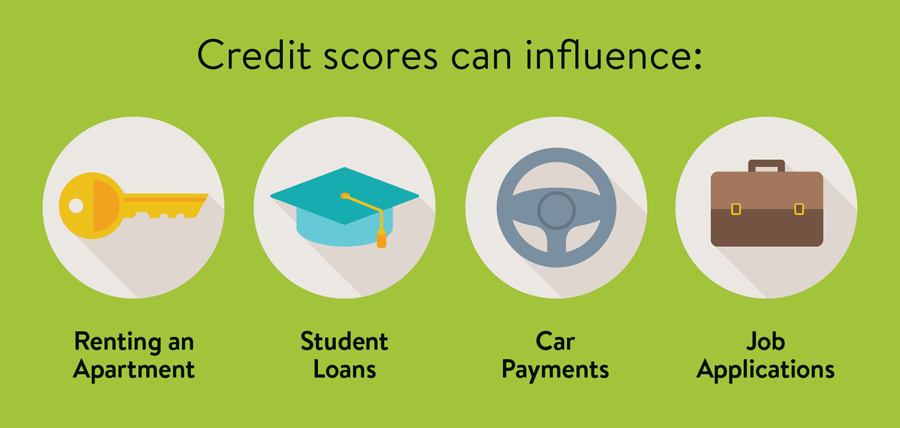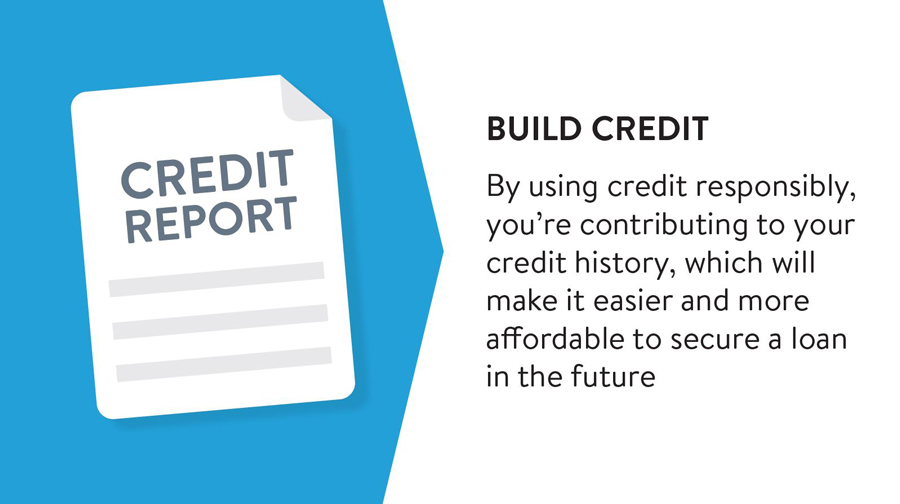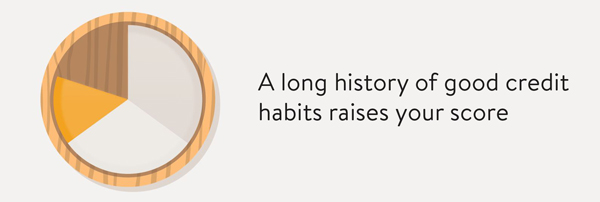
How you can help your kids establish credit
When you teach children the value of money, you help set them up for financial success long after they leave the nest.
An important part of those money lessons involves credit. That’s because once your children become adults, their credit scores can be used by:
Credit is tricky, though—the classic chicken-and-the-egg dilemma. It’s hard to get credit when you don’t have a credit score!
So, how do you help children learn about—and establish—credit? Here are a few strategies to help steer your kids on the right financial path.
Get tips to teach your kids the value of a dollar >
Start credit conversations early
A lot of what gets people into trouble with credit, especially when first getting started, is simply a lack of knowledge.
They haven’t experienced the process before and don’t know what to expect.
Talk to your child about how credit works. Here are a few conversation starters:
You don’t have to go it alone.
Dupaco offers free Credit History Lessons to teach members what helps—and hurts—that credit score. You’ll review your credit history report so you know what’s on it and what lenders are looking at when they review it.
Schedule a free Credit History Lesson >
Have a budget talk
Before your teen establishes credit, they should create a budget. This will help your child have the money in place to pay off that auto loan or credit card down the road.
You can help your child get started with a budget with a free Dupaco Money Makeover.
You can set up multiple You-Name-It Savings accounts to help your child set aside money for their expenses and goals. When expenses are itemized this way, it’s a lot easier to see where that money is going—and a lot more difficult to spend money that’s already been earmarked.
Consider cosigning an auto loan
If you plan to take out an auto loan for your teenage driver, consider allowing your child to cosign the loan.
You would still be the primary borrower, but your teen would also be linked to the loan.
Here’s why this can be an effective credit-building tool: It will get a tradeline reporting on your child’s credit history. And the earlier that happens, the better, because the length of credit history makes up 15% of your credit score.
When your child benefits from your positive payment history on the loan, they also get a positive credit history established. This makes it easier for lenders to approve a loan in the future.
By cosigning the loan, your son or daughter also gains important experience. Your teen learns:
Money lessons tend to stick a little more when their name is connected to the expense.
Your child has the advantage of learning all of this with Mom or Dad looking over those shoulders to make sure it’s done correctly.
But you know your child best. Ultimately, you know whether your teenager is ready for this responsibility.
Encourage your teen to open a credit card
Once your teen turns 18, encourage them to open a low-limit credit card with a trusted financial institution.
Opening a credit card—and using it correctly—is one of the best credit-building tools available, according to the credit bureau Experian.
Teach your teen how to use the card
Equally important is teaching your child how to use a credit card wisely.
It’s amazing how much a credit card can help you when used correctly—and how much it can hurt you when misused.
Talk about the importance of paying off the balance in full and on time every month. It’s easy to get caught up in minimum payments, which will negatively impact your score.
New credit cardholders also need to understand the importance of keeping their balance low, which also plays into that credit score.
If you’re concerned about your teen overspending, you can store the credit card in a safe place.
Remember: A credit card not in use is better than a credit card misused.
The great thing about credit cards is they can last forever. Every other tradeline—whether it’s a car loan, home equity line of credit, unsecured loan or home loan—has an eventual end date.
Credit cards can last the rest of your life, which can make for an impressive length of credit history on your child’s credit report!
Help them monitor their credit
As you know, once you have credit established, you shouldn’t put it on autopilot. Instead, help your child understand the importance of regularly monitoring that credit report and score to ensure everything looks OK.
With Dupaco’s free Bright Track credit monitoring service, your child can access their score, along with tools to improve it. Your child also can see the average credit score in your area.
It’s a cool confidence builder when you can watch that score steadily rise. It means you’re doing something right!





